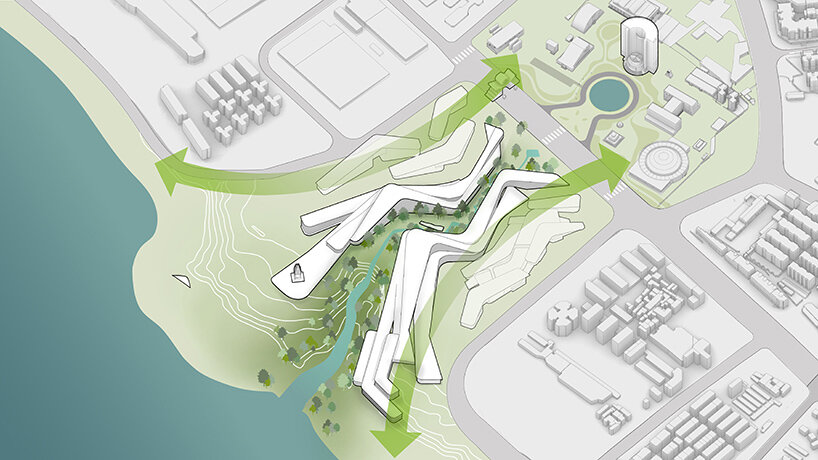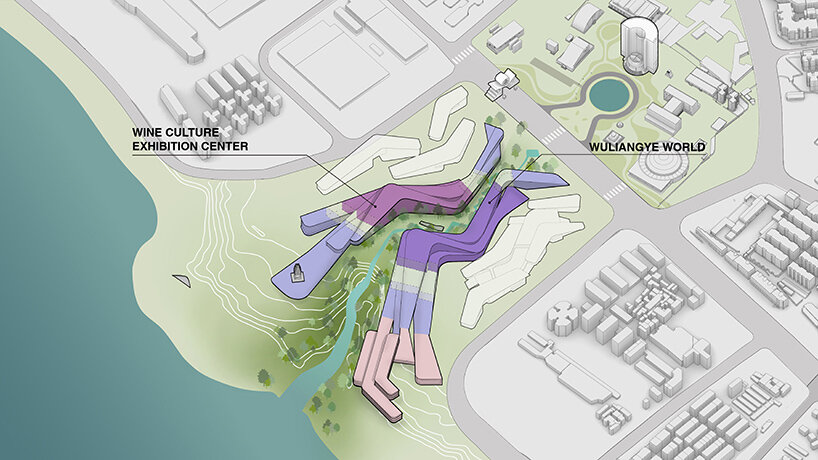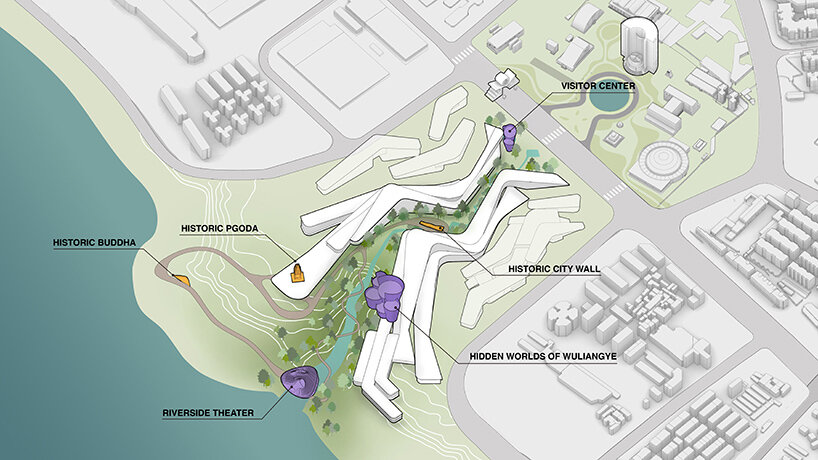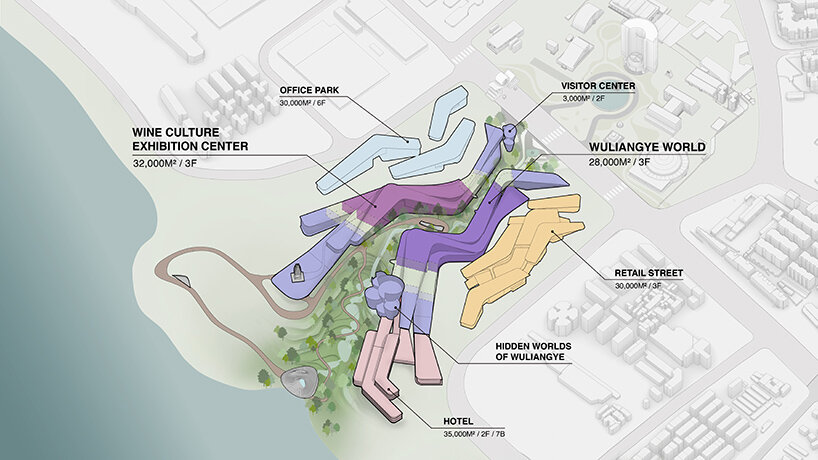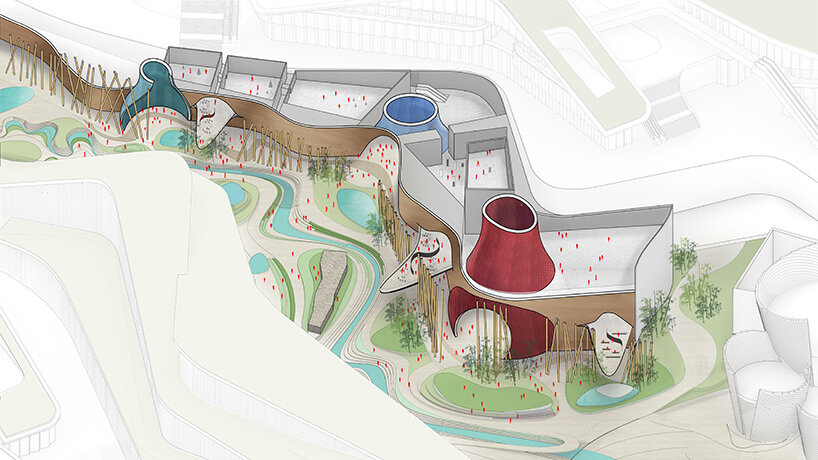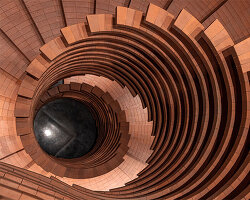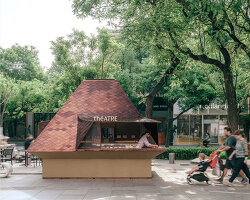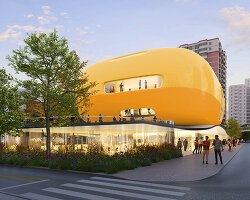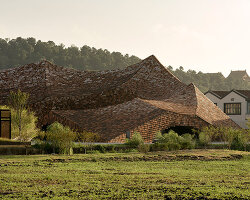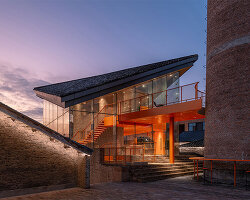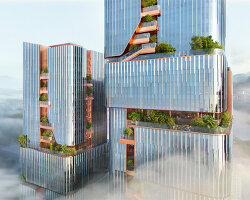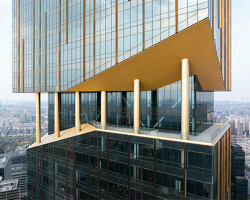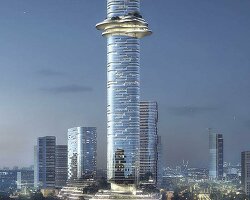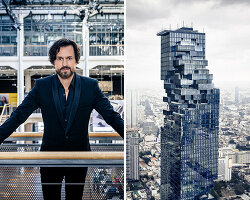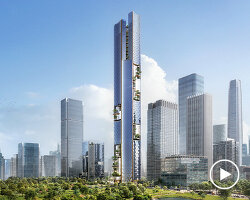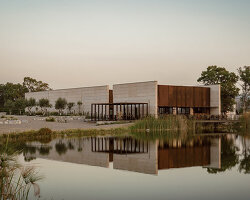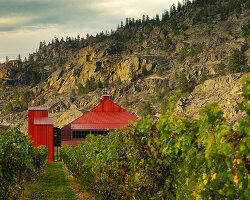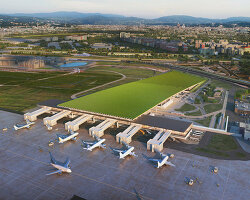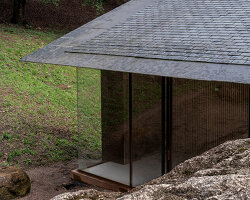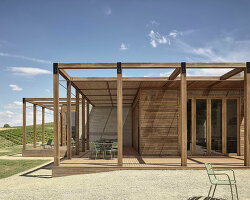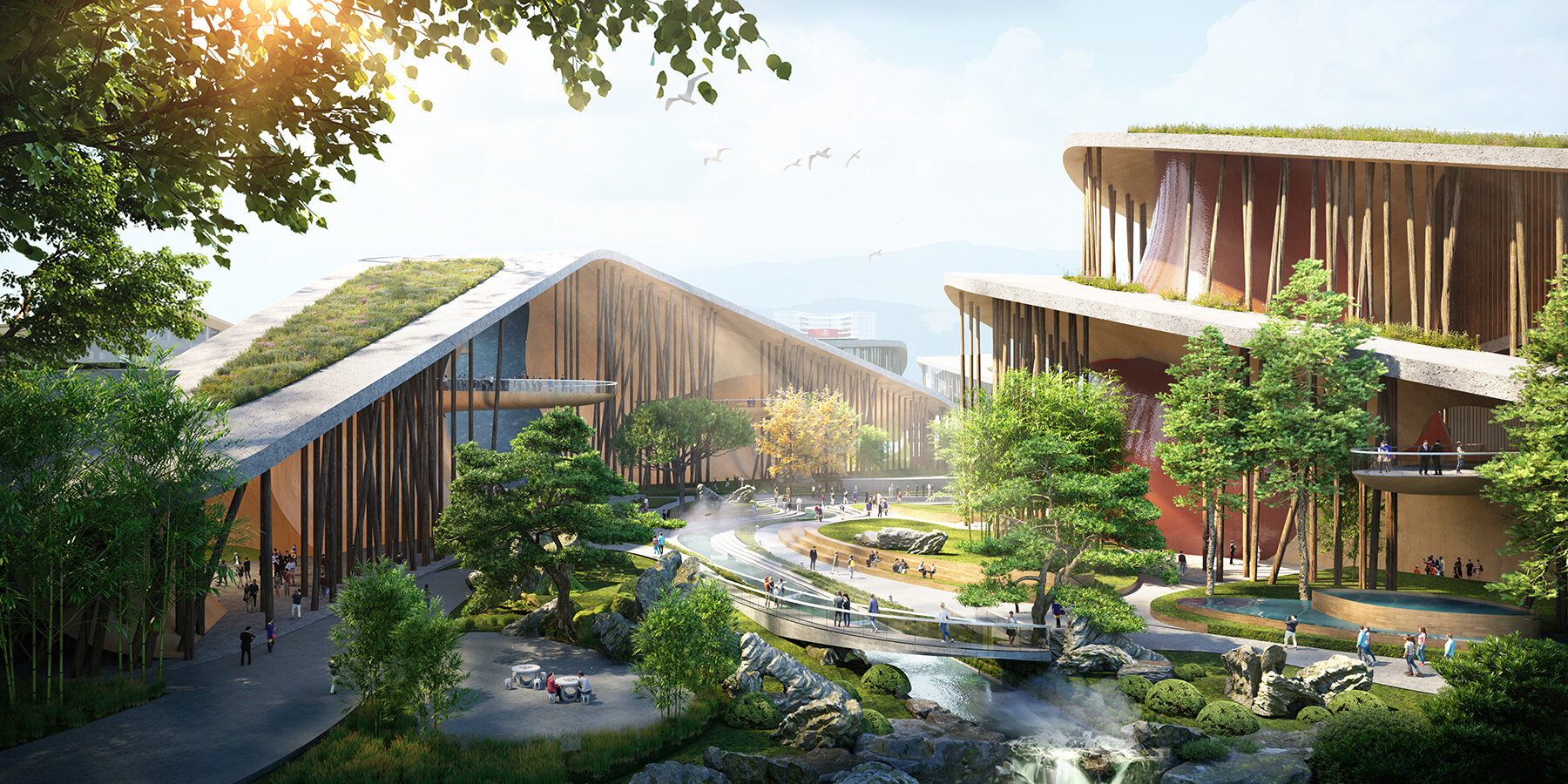
view of the Wuliangye World and Wine Culture Exhibition Center
KEEP UP WITH OUR DAILY AND WEEKLY NEWSLETTERS
PRODUCT LIBRARY
with its mountain-like rooftop clad in a ceramic skin, UCCA Clay is a sculptural landmark for the city.
charlotte skene catling tells designboom about her visions for reinventing the aaltos' first industrial structure into a building designed for people.
'refuge de barroude' will rise organically with its sweeping green roof and will bring modern amenities for pyrenees hikers.
spanning two floors and a loft, the stitled design gave room for a horizontal expanse at ground level, incorporating a green area while preserving the natural slope.
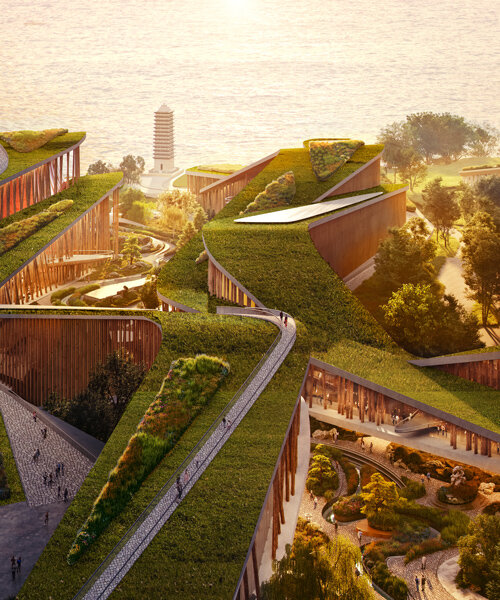
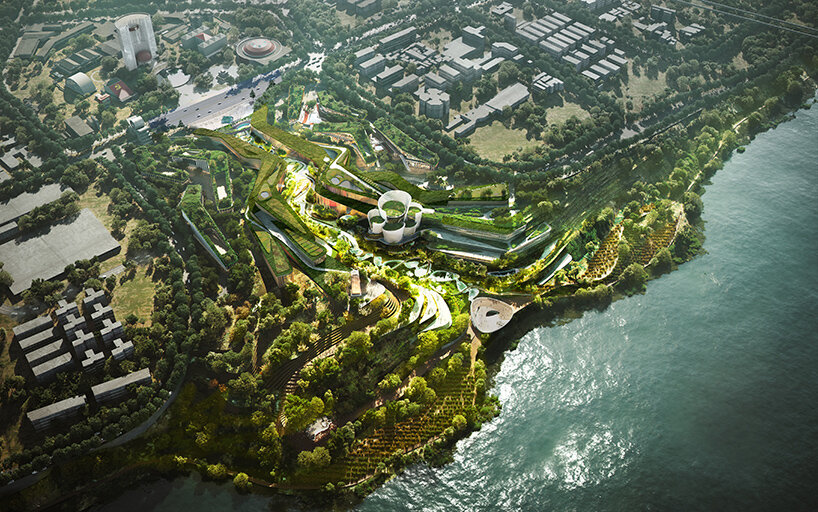 an urban gesture emerges from the natural canyon | all images © Büro Ole Scheeren
an urban gesture emerges from the natural canyon | all images © Büro Ole Scheeren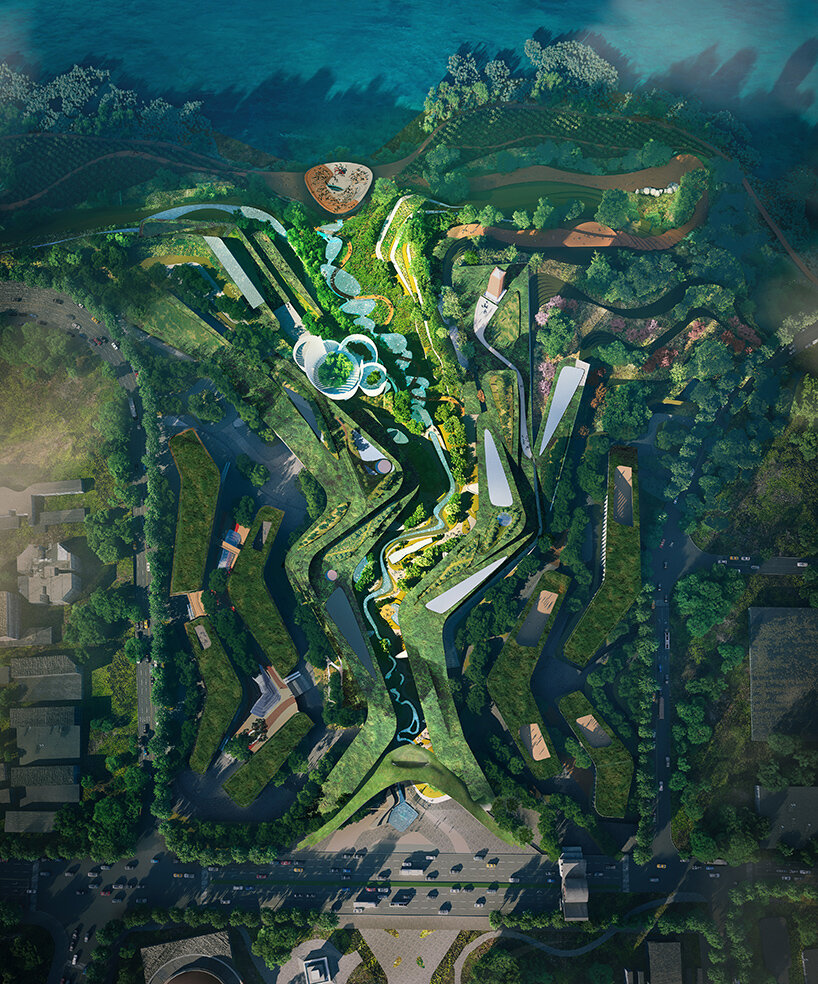 the project will introduce a sustainable new landscape
the project will introduce a sustainable new landscape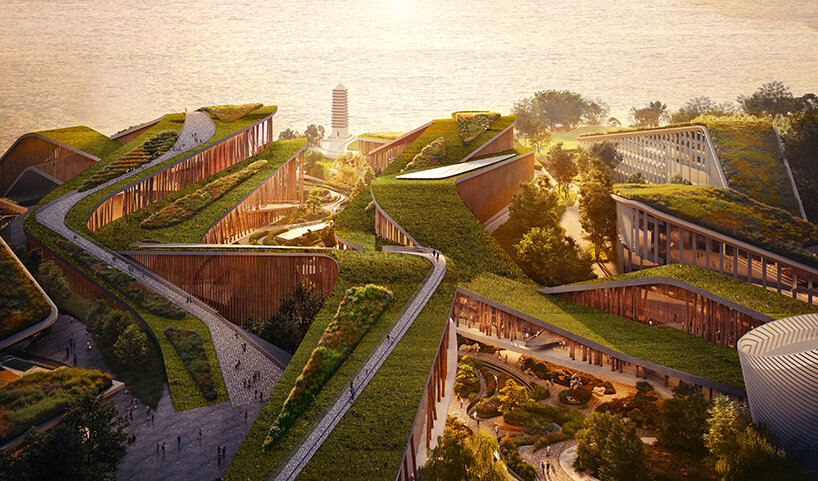
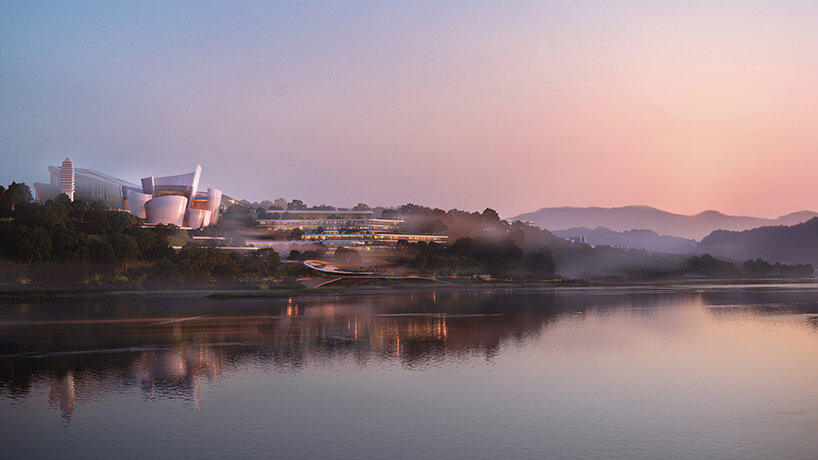 view of the Wuliang Interstice Waterfront
view of the Wuliang Interstice Waterfront